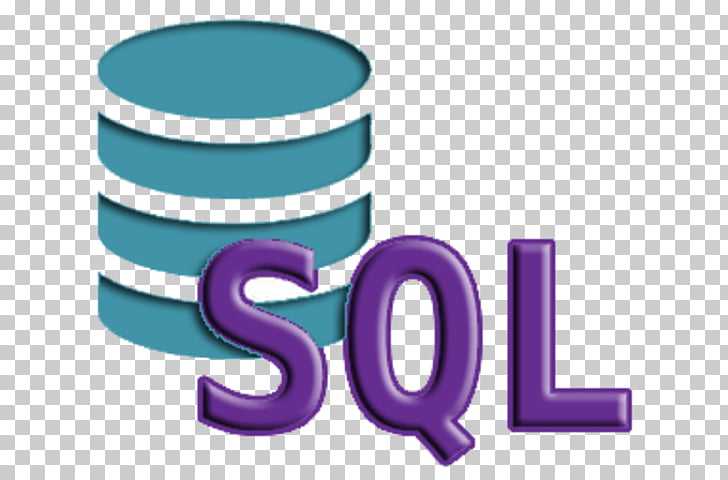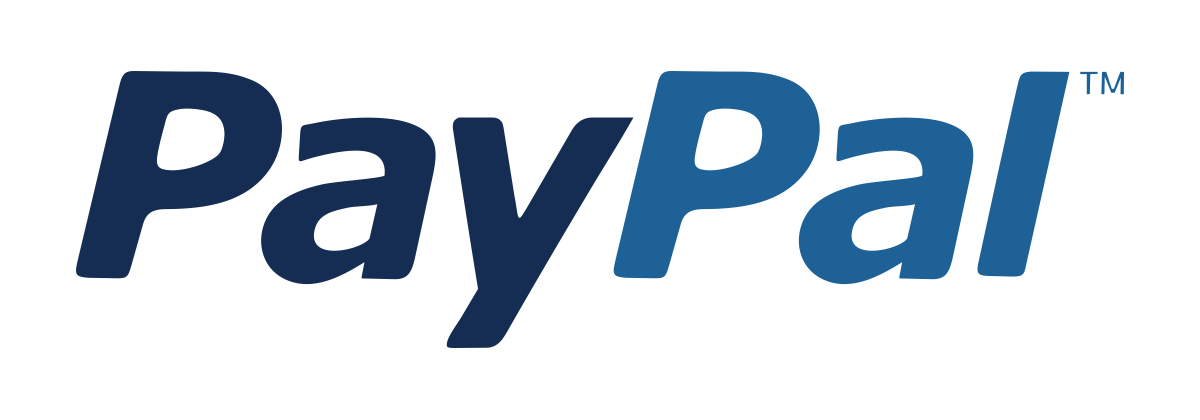Programming Microsoft SQL Server with Transact-SQL

Programming Microsoft SQL Server with Transact-SQL Course Overview
The Programming Microsoft SQL Server with Transact-SQL SQL training course introduces the delegate to the programming features of the Transact-SQL programming language, using Microsoft SQL Server. This course looks at the procedural programming language capabilities of T-SQL. The delegate will learn how to use local variables, write program flow control constructs, create stored procedures and triggers, handle errors and use built-in functions.
---------------------------------------------------------------------------------------------------------------------------
Who will the Course Benefit?
Software development personnel and database support staff who need to write Transact-SQL scripts to enhance their productivity in manipulating data.
-----------------------------------------------------------------------------------------------------------------------
Course Objectives
To provide the skills needed to write programs using the main features of the Microsoft Transact-SQL Programming Language.
---------------------------------------------------------------------------------------------------------------------
This is a Programming Microsoft SQL Server with Transact-SQL course by Uplatz.
Programming Microsoft SQL Server with Transact-SQL
Programming Microsoft SQL Server with Transact-SQL Training Course
Course Introduction
- Administration and Course Materials
- Course Structure and Agenda
- Delegate and Trainer Introductions
Session 1: INTRODUCTION TO TRANSACT-SQL
- Procedural Programming Language
- Program structures
- Statement blocks
- Comments
Session 2: VARIABLES
- What is a variable
- Declaring a variable
- Variable names
- Available data types
- Variable scope
- Using the SET command
- Initialise a variable
- Display the values of variables
- Set variables in a query
- Assign values to variables in the UPDATE Statement
Session 3: CONDITIONAL LOGIC
- IF THEN ELSE statements
- Nested IF statements
- Specifying Conditions
Session 4: LOOPS AND OTHER CONTROL-OF-FLOW MECHANISMS
- The basic Loop construct
- The WHILE loop
- The BREAK statement
- The CONTINUE statement
- The GOTO statement
- The WAITFOR statement
Session 5: PROCESSING RECORDS WITH CURSORS
- What is a cursor?
- Cursor operations
- Declare a cursor
- Local and global cursors
- Open a cursor and fetch a row
- Cursor status checking with @@FETCH_STATUS
- Close and deallocate a cursor
- @@CURSOR_ROWS
- Use Cursor variables
- The FOR UPDATE and WHERE CURRENT OF statements
- Declare cursor options
- Cursor operation restrictions
Programming Microsoft SQL Server with Transact-SQL Training Course
Session 6: STORED PROCEDURES
- What is a stored procedure?
- The advantages of using stored procedures
- What is allowed and disallowed in a stored procedure
- Create a stored procedure
- Execute a stored procedure
- Use parameters
- Execute a procedure with parameters
- Use SET NOCOUNT ON
- Use a result set in an INSERT statement
- Set the return value of a procedure
- Output parameters
- View the source code of a stored procedure
Session 7: HANDLING ERRORS
- Handling errors
- The @@ERROR global function
- Using @@ERROR
- The TRY..CATCH statement
- The CATCH block
- Other error functions
- The RAISERROR statement
Session 9: TRIGGERS
- What is a trigger?
- How a trigger can be used
- Trigger types
- What can be done in trigger code?
- DML triggers and syntax
- The inserted and deleted tables
- The UPDATE()function
- COLUMNS_UPDATED
- Use INSTEAD OF triggers
- The INSTEAD OF trigger rules
- View Triggers
- DDL triggers
- Create a DDL triggers
- Notes on DDL trigger
- Logon triggers
- View trigger information
- Alter a trigger definition
- Disable, enable and drop triggers
Session 10: DYNAMIC SQL
- What is dynamic SQL?
- Create a dynamic SQL statement
- Prevent SQL injection








